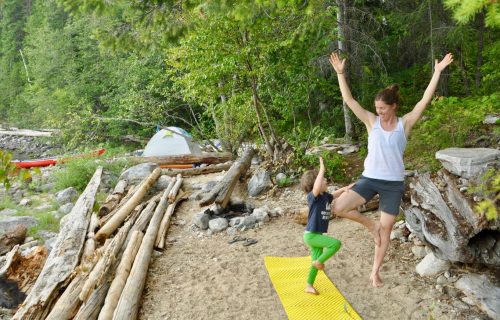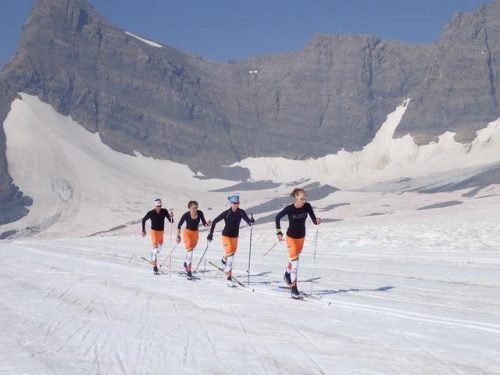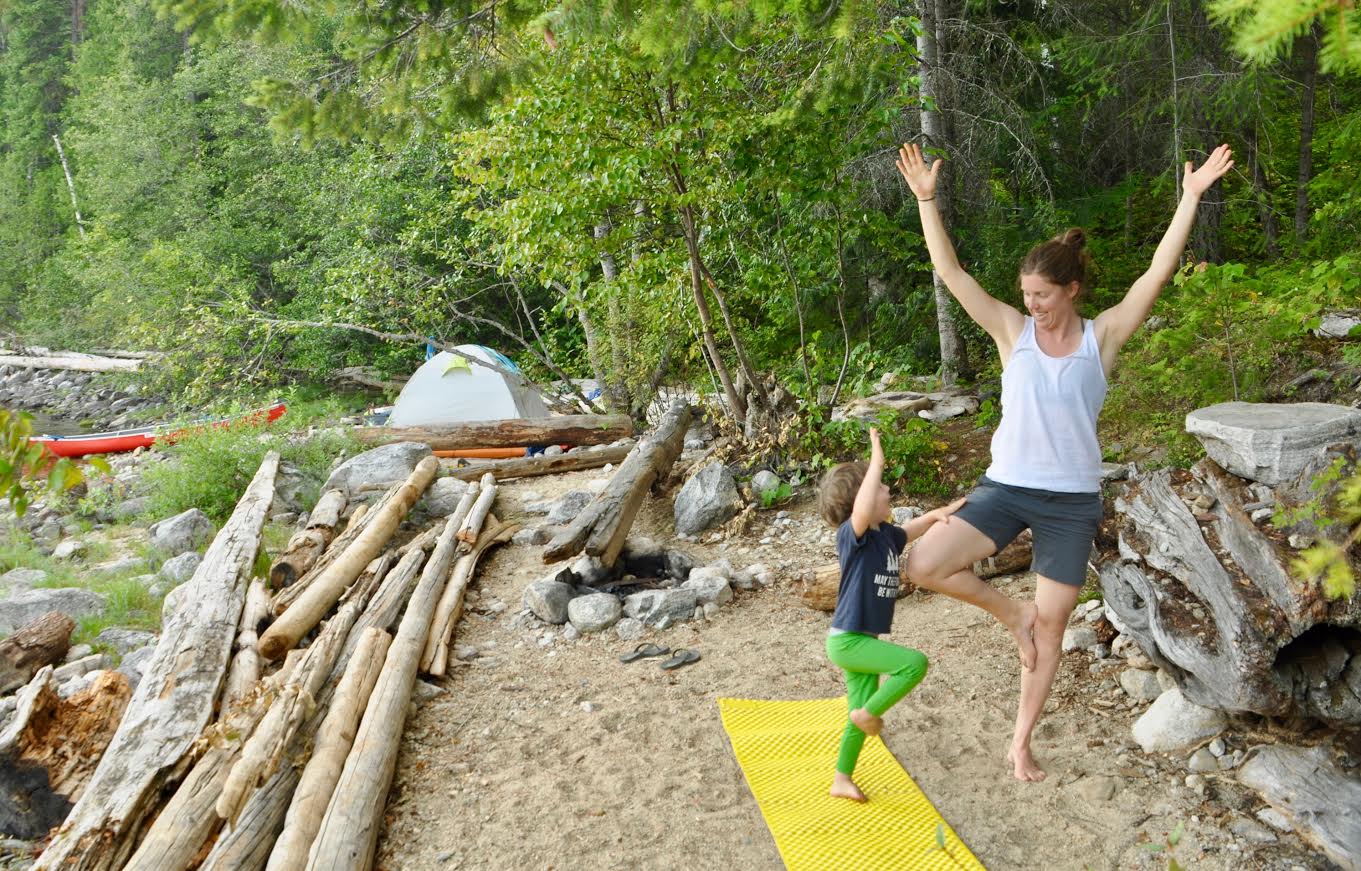Kimberley embraces physical literacy

The small mountain town of Kimberley, B.C. is known for its epic wilderness, its skiing opportunities and the local hockey team. It’s a cultural hub of the Kootenays, with a tight-knit community that is fiercely proud of their home. But due to its size and location, it also has limited access to healthcare programs and resources. So in 2014 the town launched a non-profit called Healthy Kimberley with the goal of “making the healthy choice the easy choice”.
“Our two main pillars at the time were active living and healthy eating. We were this start-up organization focused on helping our citizens have more access to healthy living choices,” said Shenoa Runge, a resident who felt inspired to take the lead on the project after giving birth to her first child.
“What we became was this hub for healthy living, both promoting it and working to fill some of the gaps that existed in our community.”
That’s when she came across the Physical Literacy for Communities (PL4C) initiative, a Sport for Life project which was looking for applicants. As a clinical exercise physiologist and kinesiologist, she already had a grasp of physical literacy and its potential to impact health. Having worked with a broad client base that included everyone from youth athletes to senior citizens, she had concerns about how the lack of movement in a person’s life could lead to negative outcomes. She threw Kimberley’s name into the hat, and was thrilled to be included in the 2018 intake.
“At first it was more challenging than I anticipated, because we were really early in the physical literacy awareness part of the process. Myself and maybe some teachers, we had a sense of what physical literacy was, but very few people and organizations had even heard of physical literacy and even if they had, few had a broader understanding of its importance or how to integrate it into environments and programs.”
They set the goal of creating a working group composed of a cross-sectoral group of champions called PLAY Kimberley, a task that took them nearly two years to complete. Pretty quickly they had buy-in from the parks and recreation manager and the aquatics director, as well as the public health nurses and the early years sector. Then came city hall. They found their way into the schools, and then Interior Health showed up at the table.
“What we learned is there’s a lot of cross-collaboration and connection in our community, because the siloes aren’t so high or far apart. You’ll meet a Grade 1 teacher and then learn she’s also on the board of minor baseball. There were lots of multi-hatted people who were easy to identify, but the challenge was to make participation feasible for them without it being an additional burden,” she said.
PLAY Kimberley received a boost when Dr. Dean Kriellaars, a world leading expert on physical literacy development, visited. That gave them an opportunity to invite more people to learn about physical literacy and its implications. That experience strengthened the buy-in from the people involved, and also attracted new people. Runge acted as a go-between connecting sectors during this time, as they brainstormed the best way to move ahead. Many parents expressed interest in learning about the benefits of risky and adventurous play, and a small group of energetic parent volunteers made progress towards establishing the Kimberley Adventure Park. Another idea being explored is a community gear hub where citizens can access sport and recreation equipment.
“I see Kimberley as a place that does a good job of preaching to the converted. We have hundreds of kilometers of trails for biking, trail running, cross country skiing, and hiking. The local ski hill is only a couple of minutes from downtown, and we have robust local organizations promoting all of these activities. But if you don’t like being active outside or you don’t have the knowledge or the right equipment, the opportunities can feel limited. We wanted to see the entire spectrum of the community represented in the opportunities being made available, as well as in the community design,” she said.
“I’d love to see our seniors feel they can get outside of their houses all year-round and winter doesn’t turn into a time where they’re limited in engaging with the community and physical well-being. I would love to see families better able to get involved in the amazing things we have to offer. But very quickly participation is either too expensive or requires engaging on a level that’s not of interest to everybody.”
Now that their two-year engagement with PL4C-BC has come to a close, PLAY Kimberley continues to operate and promote its new initiatives through social media. Plans are underway to promote wellness and physical activity beyond the typical traditions of hockey and mountain life. The work is sometimes slow and incremental, but long-term in focus.
“Has our community changed drastically? Not yet. But now we’ve got people thinking about spaces and programs from a physical literacy lens. This opportunity helped us to host those conversations and to help people understand that this is a priority.”

